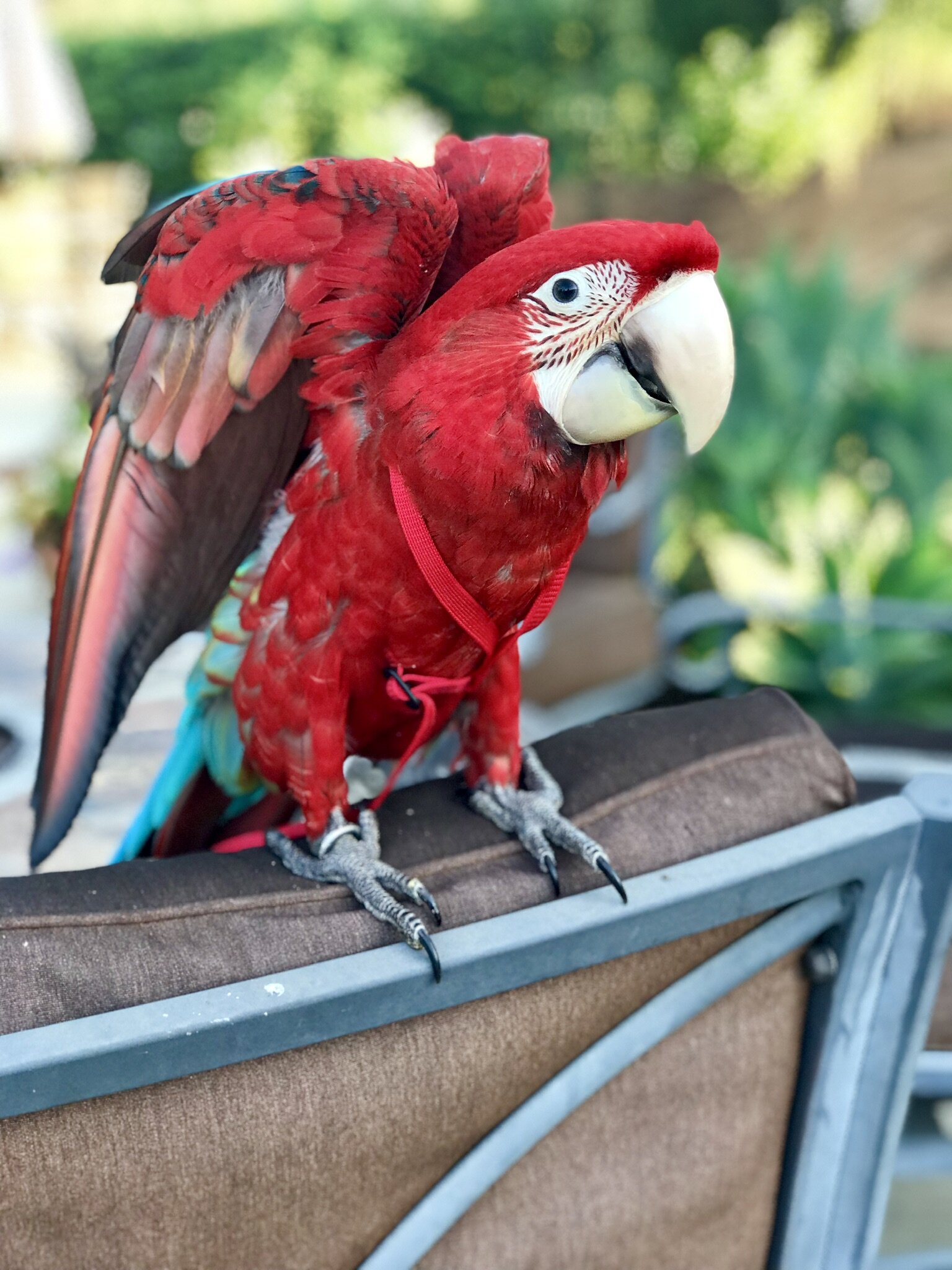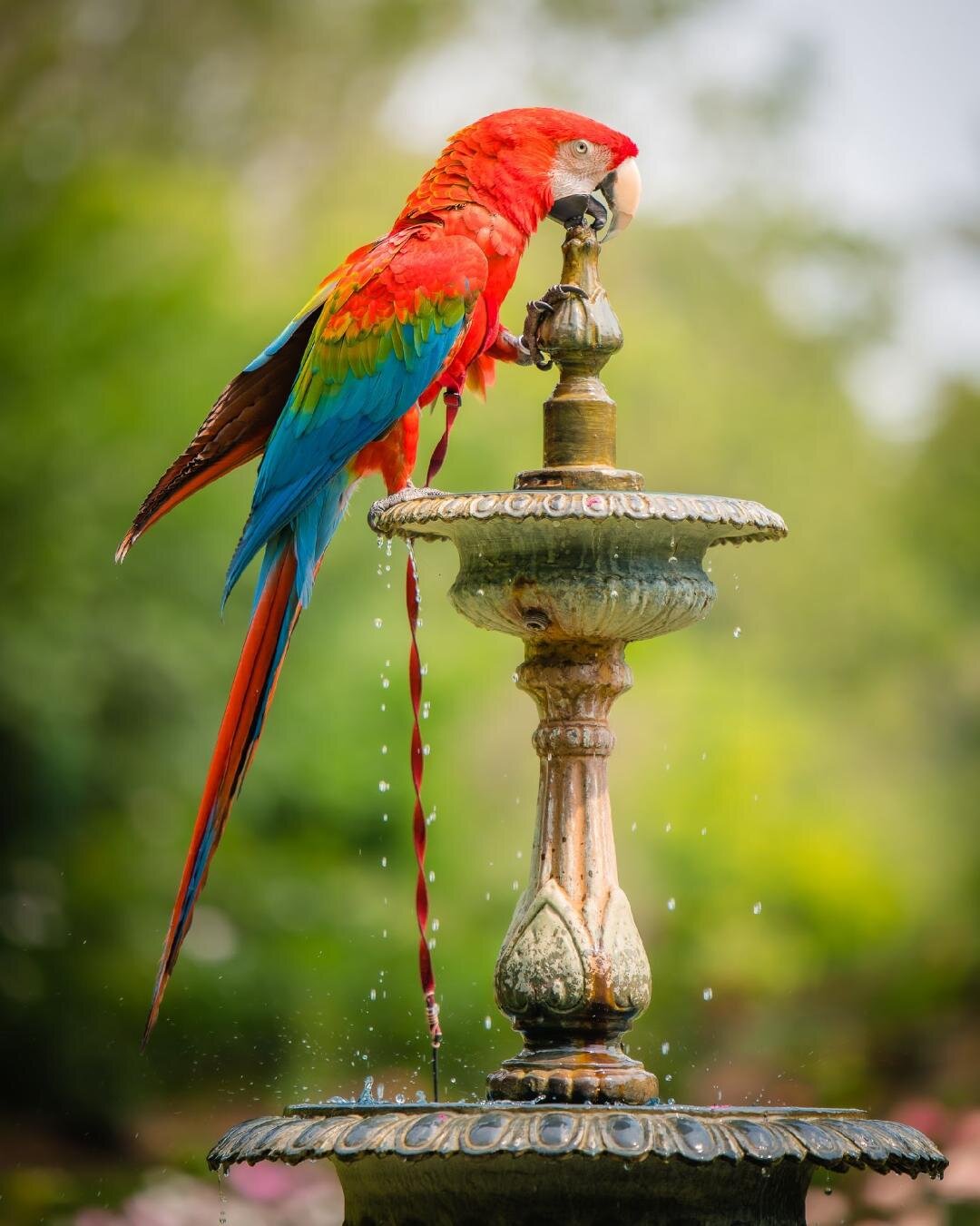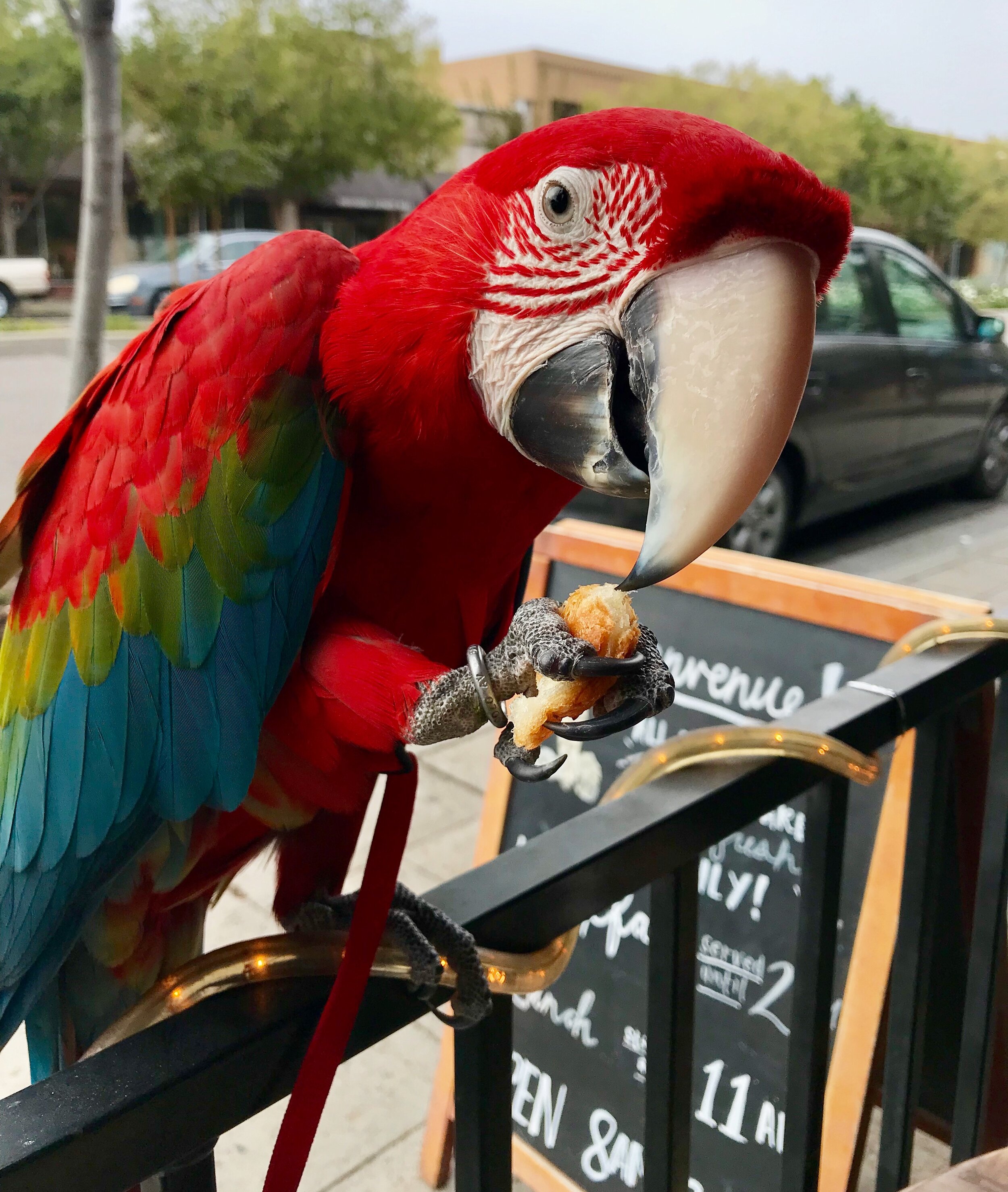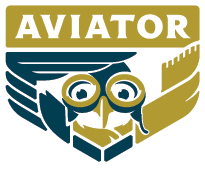The Parrot University
Parrot Nail Care
Animal care is not always obvious. This article is in regards to a situation many pet birds find themselves in at some point in their lives.
How to Set-up a Brooder for your Sick or Young Parrot
I have prepared instructions to make a simple and inexpensive brooder for babies. This brooder can also be used for keeping sick parrots and any other small animals warm.
This style requires three basic parts; Thermometer, box/container, and small baby heating pad.

Chronic Egg Laying
Over the last few years, female cockatiels and other small pet bird species have accidentally been selectively bred for their ability to lay eggs without a mate present. In the past, veterinarians, breeders, and hobbyists have advised owners that a mate should be provided for these egg-laying pets. This is, in fact, the last thing that you want to do, as laying too many eggs can be a health hazard for a hen. Breeding a bird that lays too many eggs will increase the number of birds with this problem in the future.
Bathing and Showering for Pet Parrots
Yes! Similar to people, parrots get dirty, and they need to keep clean to feel comfortable and promote good health. Most of our companion parrots are just a few generations out of the wild. A good bathing program can satisfy many of their natural needs, wants and desires.

My Bird Gets Enough Exercise, Doesn’t He?
Birds and people alike usually need more physical and mental exercise than just sitting at a desk or hanging out around a cage.
When we run, ski, ride a bike or drive a fast car, our entire body chemistry changes in a matter of seconds. This is because all of our senses of sight, sound, touch and hearing shift into an entirely different gear. The task of knowing what is going on around us when we are moving at a normal pace becomes a very complicated three dimensional puzzle of super-fast decisions. Our brain has to learn to figure out what important things are changing while everything is changing around us. The same thing happens to a bird when he has the freedom to fine tune his flying skills.

Paper Towel Roll Toys: Danger?
Some bird owners have concerns about allowing their pet to play with paper towel and toilet paper core rolls. The most common of these concerns is the possibility of a zinc component somewhere in the core or the adhesive attaching the paper to the core. Several years ago, I checked into this and my independent research found that zinc is not a component of the cardboard or adhesives used in these type products. However, I did find reasons to avoid the use of toilet paper cores.

Clipping and Trimming
Conventional wisdom is that a flying parrot can get into too much trouble. The bird might fly onto a hot cook top, into an open toilet, into a window, or escape and starve to death. However, another school of thought believes that parrots were made to fly. They believe it is cruel to clip a parrot's wings and equate the practice to cutting a dog's legs off to keep him from running.
The Circus Diet for Pet Birds
The 'Circus Diet' was named by The Ohio State University Veterinary School students who trained at Hartman Aviary. They were surprised to find parrots eating a diet with such diverse flavors, textures and colors, and felt the birds were getting the same experience humans get when we go to the circus and eat those exciting circus delights.

Imping Parrots
You want your bird to fly, but your new baby arrives clipped. There is a temporary solution until the cut feathers are naturally replaced called imping. A long successful procedure with hawks and falcons is being tried with success on parrots.

The Science of Handfeeding and Weaning the Baby Parrot: Section One
Handfeeding baby parrots from seven weeks old through weaning is quite easy. Unfortunately, there is a lot of misinformation written and repeated to the contrary. Rarely do positive handfeeding experiences get published, but any of the few problems become headline news for years. These horror stories are repeated so often and without reference that they have become "Urban Legends." New handfeeders are left with the belief that baby parrots are being abused in most every case. On the contrary, all that is needed is a little information, common sense, and time. At Hartman Aviary, we have produced thousands of babies with very few complications.

The Science of Handfeeding and Weaning the Baby Parrot: Section Two
With a little patience, anyone who can feed a baby human can feed a baby parrot.
Once a formula has been chosen read the manufacturer's instructions a few times. Reading a few times is necessary because mixing and feeding the formula is very easy to do correctly, but our apprehensions may create questions in our minds that are better solved before the first feeding.

The Science of Handfeeding and Weaning the Baby Parrot: Section Three
Weaning is a stage of development where a young parrot becomes able to interact independently within a flock or family, without requiring continual nurturing support that parents supply through feeding and tactile reassurance. This stage of development has four main components: nutrition, nurturing, tactile stimulation and disinterest. For most animals that feed their babies, food is an important tool during weaning. Long after the baby is able to sustain himself on his own, he will want mom and dad to periodically feed him as a means of proving they are still available to protect him. Knowing that support is close by and available even when not needed, develops trust and independence in the baby. In addition to nutrition, food is a symbol of support, which allows the young animal to freely explore, learn and develop in confidence. As the baby gains independence he needs less support, and at the same time the parents are tiring of feeding junior, and give into his demands less often and with less food.

The Science of Handfeeding and Weaning the Baby Parrot: Section Four
Move babies out of the constant temperature environment of a brooder as soon as practical. A baby kept at a constant temperature or is too warm will tend to be sedentary. Movement is necessary for muscle and bone development, as well as coordination. Some change in ambient temperature is good for babies. Changing temperatures causes the baby's metabolism to change periodically and promotes motor movement as the baby searches for a warmer area.

The Science of Handfeeding and Weaning the Baby Parrot: Section Five
Common worries occur much more often than the common problems you can find in all parrot books and on the internet. Few owners publicize their successes, only their problems. This situation can present a picture of hazards everywhere. The truth is that chance favors the prepared mind, so read on and the common worries will be much less common.
Start your journey
Lorem ipsum dolor sit amet, consectetur adipiscing elit, sed do eiusmod tempor incididunt ut labore et dolore magna aliqua.
